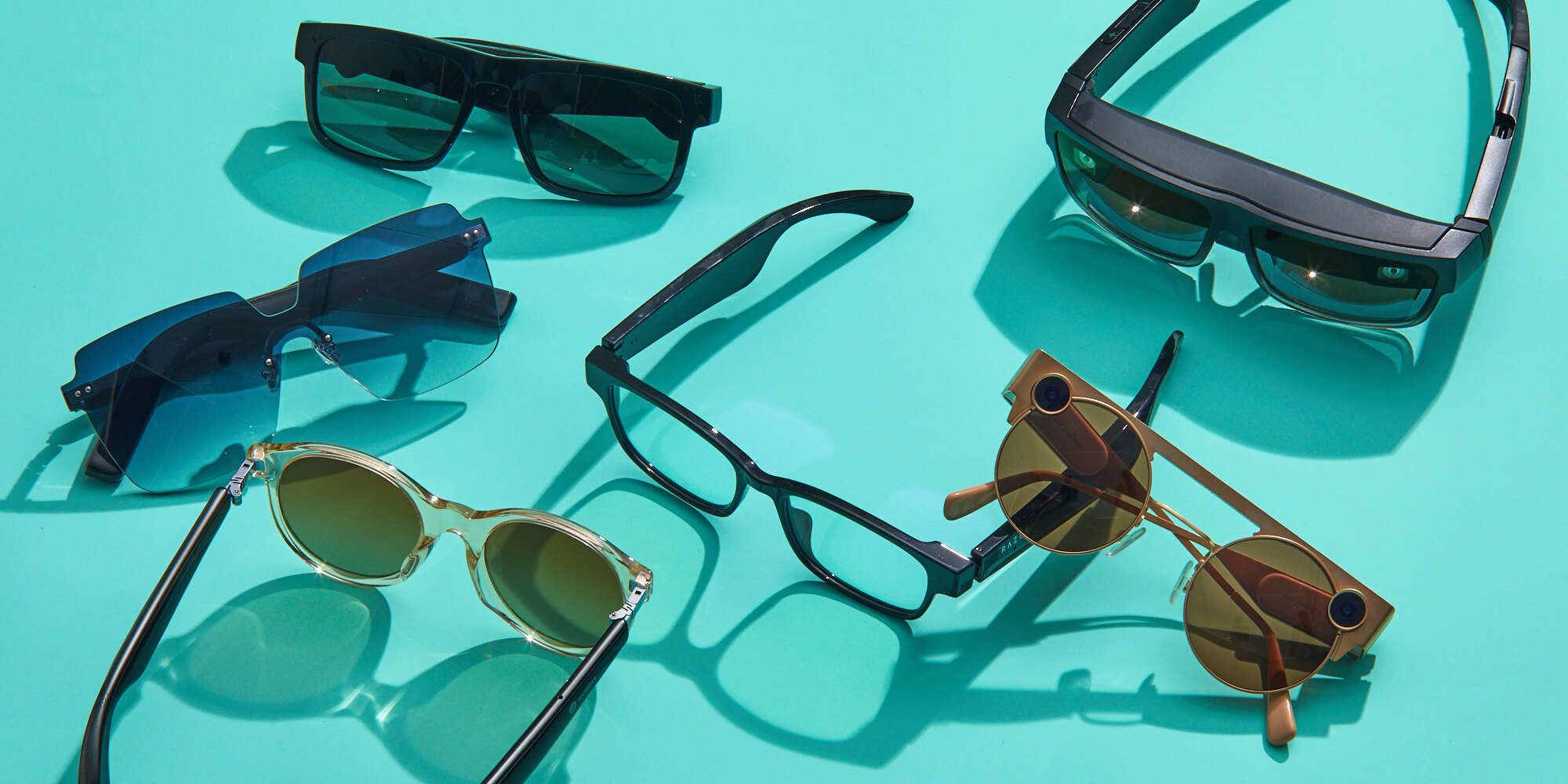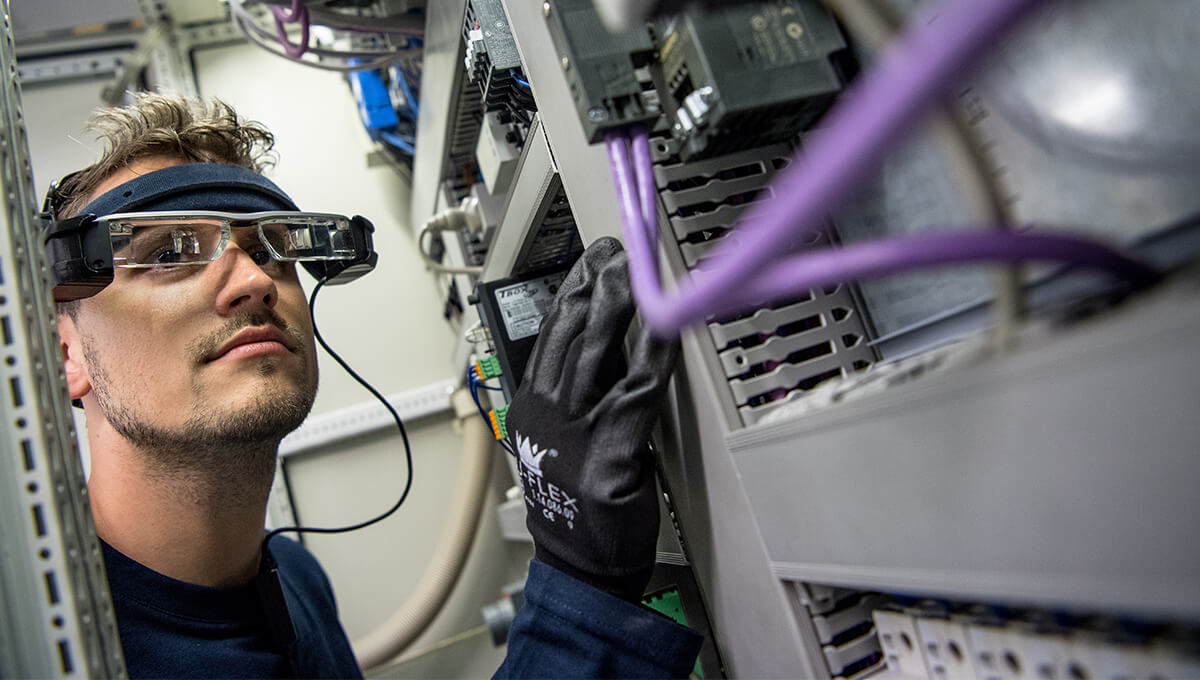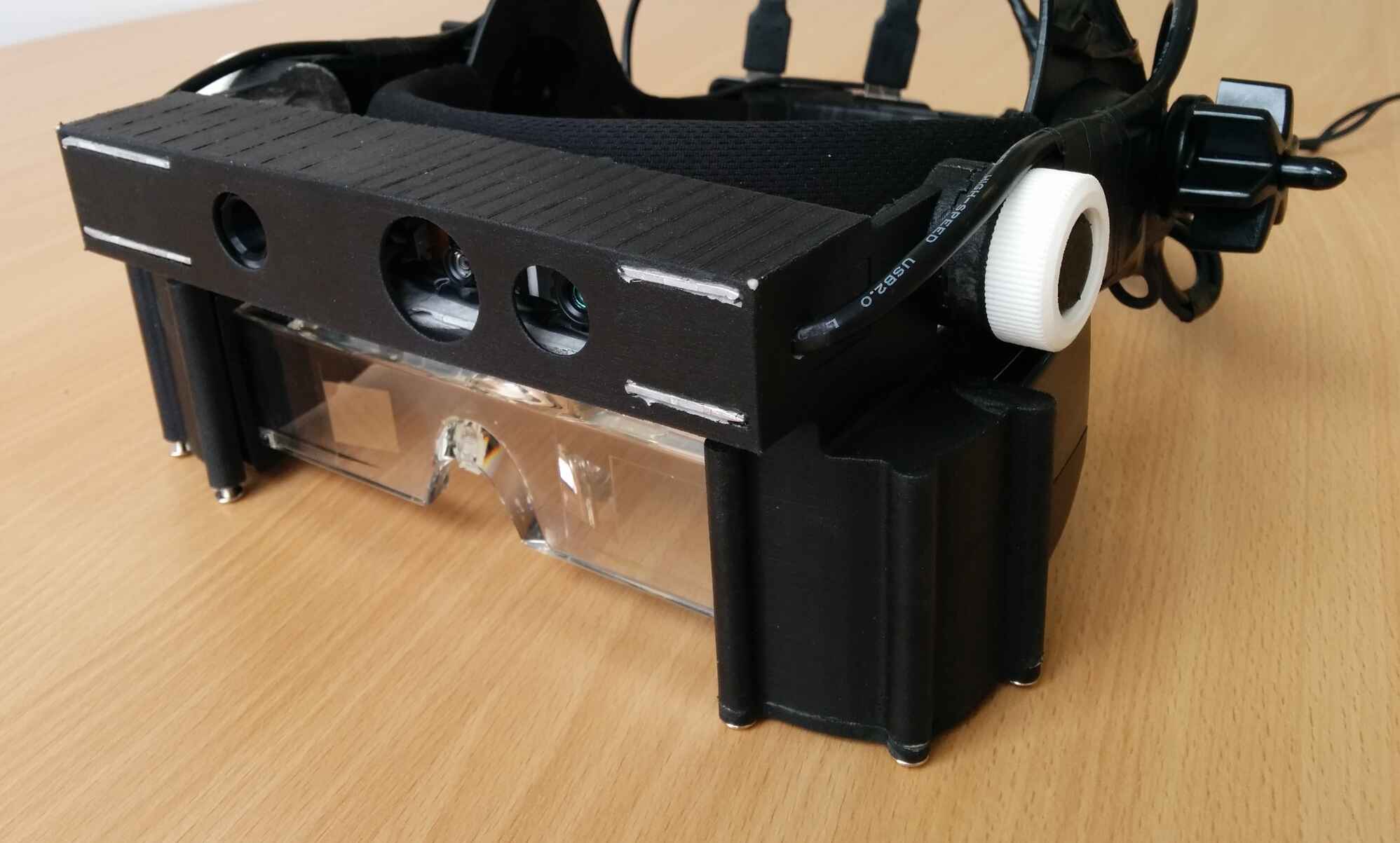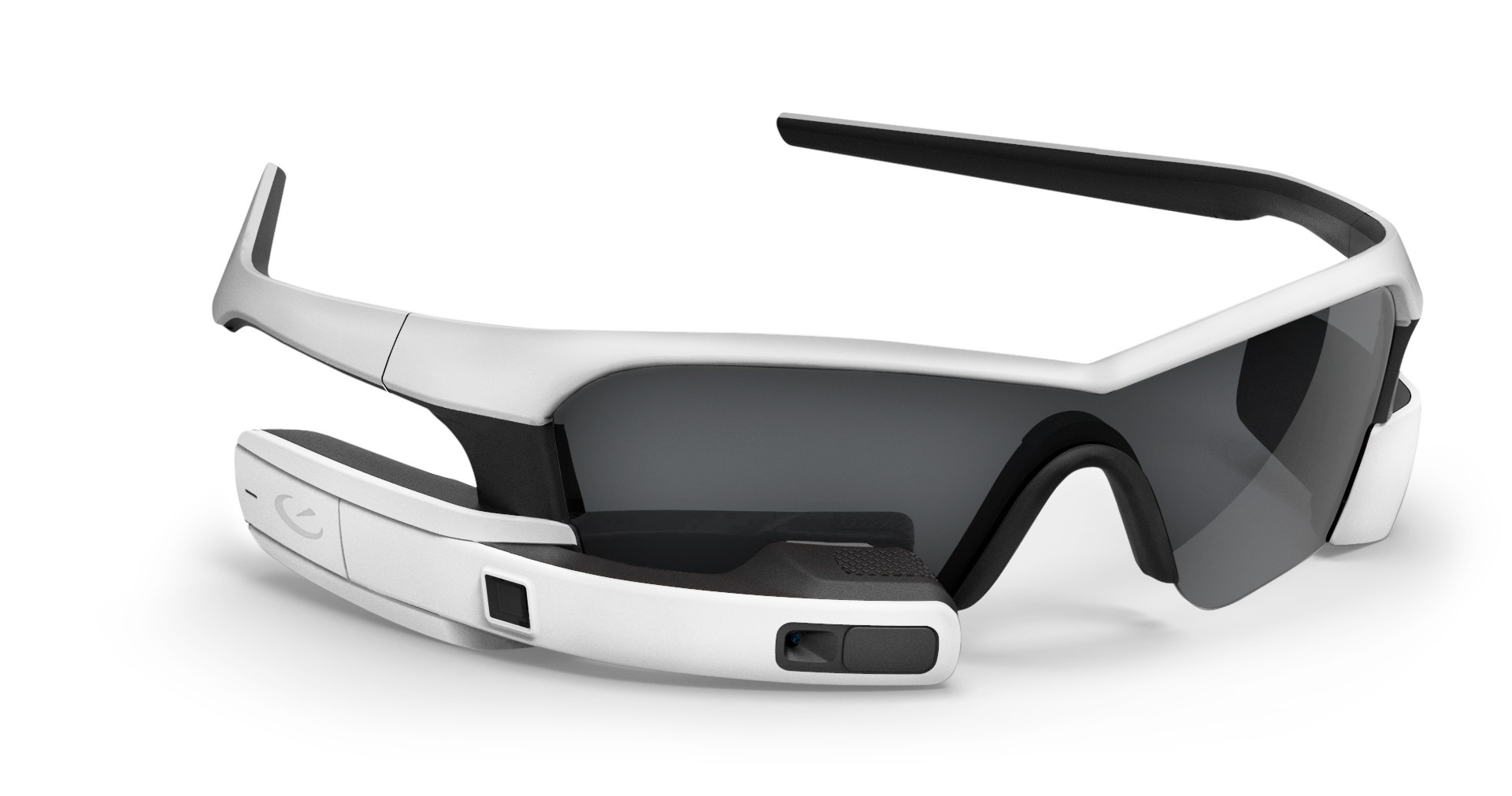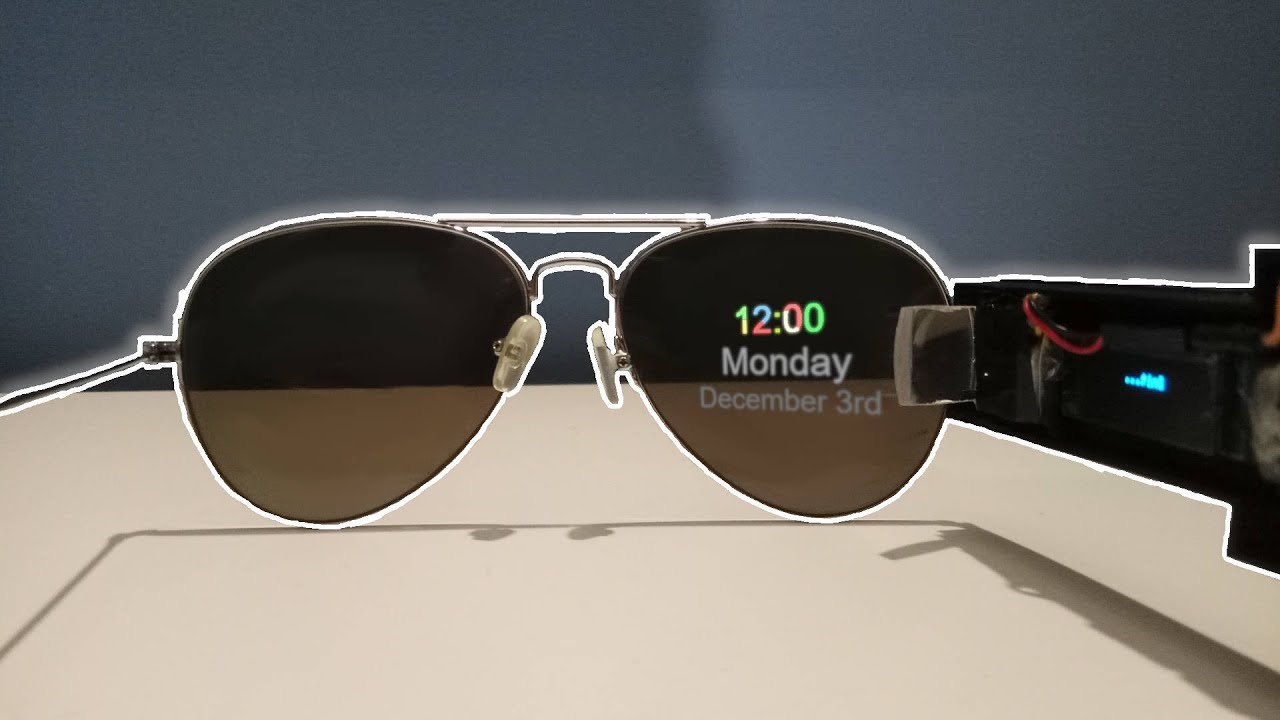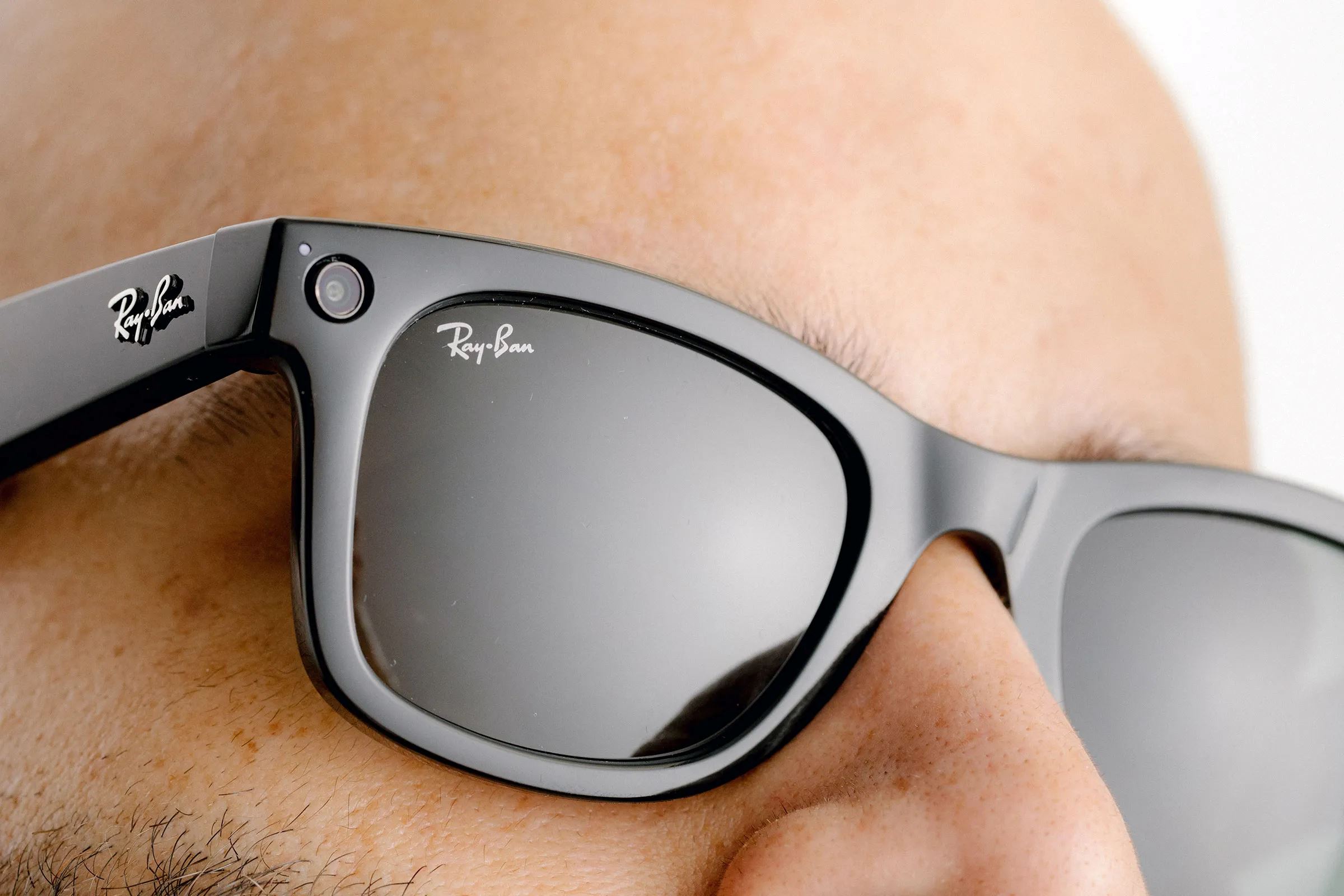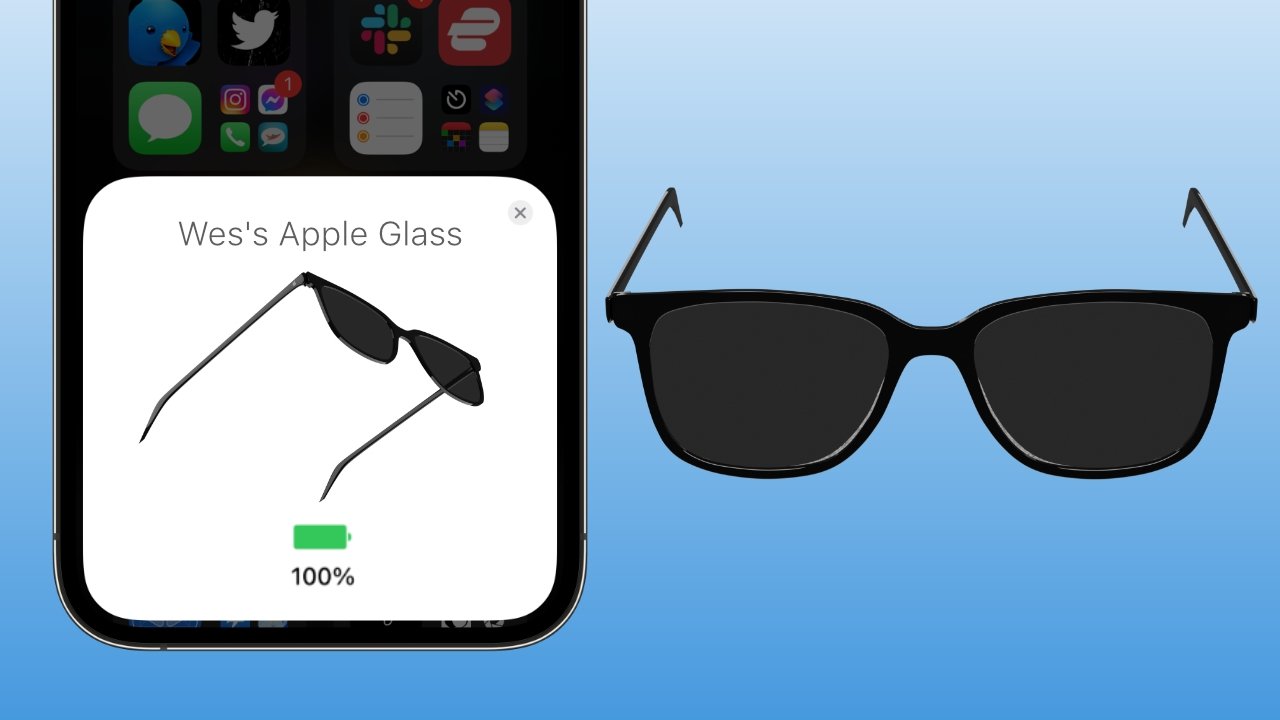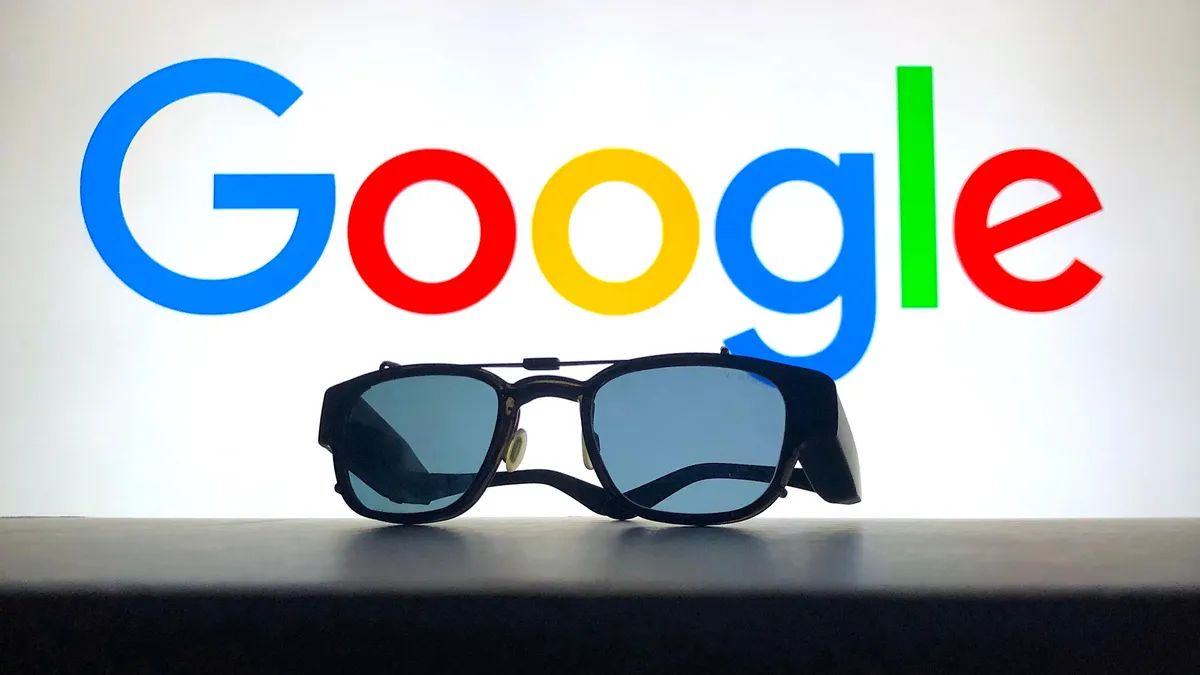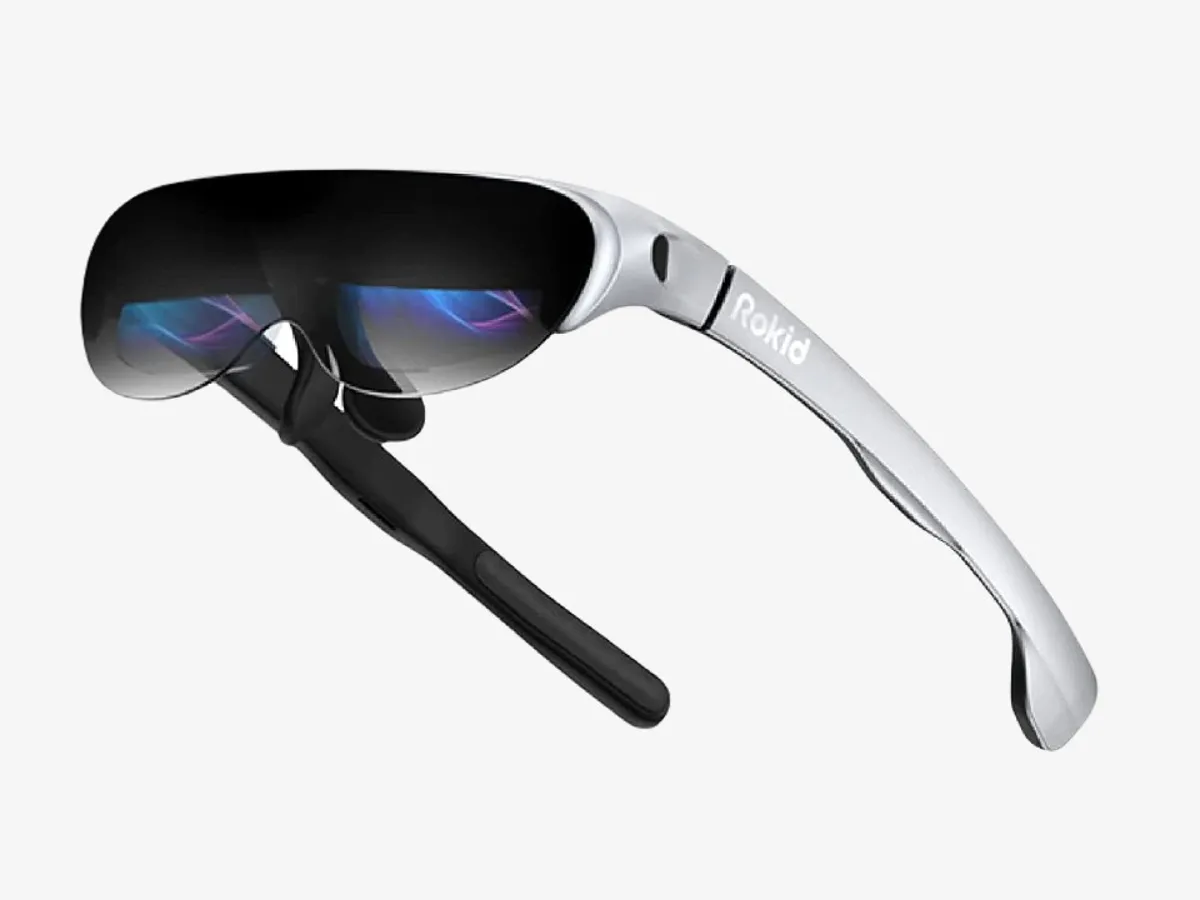Introduction
Smart glasses have emerged as a cutting-edge technology that promises to revolutionize the way we interact with the world around us. These futuristic eyewear devices are equipped with advanced functionalities that go beyond simply providing vision correction. They integrate Artificial Intelligence (AI), augmented reality (AR), and Internet of Things (IoT) technologies to deliver a truly immersive and interactive experience.
With their sleek and stylish designs, smart glasses blend technology seamlessly into everyday eyewear, allowing users to access information, communicate, and perform various tasks without the need for traditional devices such as smartphones or computers. This groundbreaking innovation has the potential to reshape industries ranging from healthcare and manufacturing to education and entertainment.
As we dive deeper into the world of smart glasses, it’s important to understand how they work and the advantages they offer. In this article, we will explore the features and capabilities of smart glasses, their applications in different fields, and the challenges they face.
So, let’s put on our virtual lenses and embark on a journey to discover the fascinating world of smart glasses.
What Are Smart Glasses?
Smart glasses, also known as augmented reality glasses or AR glasses, are wearable devices that resemble traditional eyeglasses or sunglasses. However, these high-tech glasses are far from ordinary. They are equipped with a range of sensors, cameras, and display screens that overlay digital information onto the real world.
Unlike virtual reality headsets that immerse users in a completely digital environment, smart glasses provide a blend of virtual and real-world experiences. They have the ability to enhance the real world by overlaying digital images, text, and graphics onto the wearer’s field of view. This is achieved through the use of AR technology, which allows users to interact with virtual objects or receive real-time information without obstructing their vision.
Smart glasses can connect wirelessly to smartphones or other mobile devices, enabling users to access internet-based applications, receive notifications, make calls, and even capture photos or videos. Some models also integrate voice recognition, gesture control, and eye-tracking technology to enable hands-free and intuitive interactions.
These glasses are not only designed for tech enthusiasts or early adopters; they also have practical applications in various industries. From assisting professionals in complex tasks to enhancing the lives of individuals with disabilities, the potential uses of smart glasses are vast and continually expanding. Before we dive into their applications, let’s explore how smart glasses work.
How Do Smart Glasses Work?
Smart glasses incorporate several technologies to deliver their unique functionalities. The key components that power these devices include cameras, sensors, displays, processors, and connectivity modules.
Cameras: Smart glasses are equipped with built-in cameras that capture the wearer’s surroundings. These cameras enable the glasses to track the user’s movements and gather visual data for AR overlays. They can also be used for capturing photos or recording videos.
Sensors: To provide a seamless user experience, smart glasses utilize a variety of sensors, including gyroscopes, accelerometers, and magnetometers. These sensors detect the wearer’s movements, orientation, and location, allowing the glasses to accurately track their position and adjust the virtual overlays accordingly.
Displays: One of the standout features of smart glasses is their ability to project digital information directly onto the wearer’s field of view. This is achieved through transparent or semi-transparent displays integrated into the lenses or frames of the glasses. These displays overlay virtual objects, text, or graphics onto the real world, creating an augmented reality experience for the wearer.
Processors: To handle the vast amount of data processing required, smart glasses are equipped with powerful processors. These processors are responsible for running complex algorithms that analyze camera input, interpret sensor data, and render AR graphics in real time. By leveraging advanced computing capabilities, smart glasses can deliver smooth and responsive augmented reality experiences.
Connectivity: Smart glasses are designed to seamlessly connect and communicate with other devices, such as smartphones or computers. They utilize Wi-Fi, Bluetooth, or cellular connectivity to access internet-based applications, receive notifications, and transmit data back and forth between the glasses and external devices. This connectivity enables users to stay connected and interact with digital information on the go.
Overall, the combination of these technologies allows smart glasses to create an augmented reality experience by overlaying digital information onto the real world. By understanding the inner workings of smart glasses, we can now explore the advantages they offer.
Advantages of Smart Glasses
Smart glasses offer a multitude of advantages that have propelled them into the spotlight as a groundbreaking technology. Let’s explore some of the key advantages:
- Hands-Free Convenience: One of the significant advantages of smart glasses is the ability to operate them hands-free. By displaying information directly in the wearer’s field of view, users can access essential data, receive notifications, and perform various tasks while keeping their hands free to focus on other activities. This is particularly useful in professional settings, where multitasking and quick access to information are crucial.
- Augmented Reality Capabilities: Smart glasses leverage augmented reality technology to enhance the real world with digital overlays. This opens up endless possibilities in various industries. For example, in manufacturing, workers can receive real-time instructions and visual cues, improving efficiency and reducing errors. In healthcare, doctors can access patient data instantly and view medical images with overlayed information, aiding in diagnosis and treatment.
- Increased Efficiency: Smart glasses enable users to access information and perform tasks without needing to switch between devices. This streamlined workflow reduces the time spent on device transitions and increases productivity. For example, in logistics and warehousing, workers can benefit from real-time inventory updates, hands-free scanning, and navigation assistance, leading to improved efficiency and accuracy.
- Improved Accessibility: Smart glasses have the potential to transform the lives of individuals with disabilities. Through the integration of accessibility features, such as voice control and visual assistance, smart glasses can empower people with visual impairments to navigate their surroundings more independently. Additionally, they can aid individuals with hearing impairments through visual captions and real-time translation services.
- Enhanced Training and Education: Smart glasses can revolutionize training and education by providing immersive and interactive experiences. They can simulate real-life scenarios, offer step-by-step instructions, and provide valuable feedback. This is particularly useful in fields such as aviation, engineering, and healthcare, where hands-on training is essential but costly or challenging to replicate.
These advantages make smart glasses a versatile and powerful tool with significant potential in a wide range of sectors, transforming the way we work, learn, communicate, and interact with the world around us.
Applications of Smart Glasses in Various Fields
Smart glasses have immense potential for application across diverse industries. Let’s explore how these futuristic eyewear devices are being utilized in different fields:
- Healthcare: In the healthcare sector, smart glasses are being used to improve the efficiency and quality of patient care. Surgeons can access vital patient information, such as medical records and real-time imaging, without having to look away from the operating table. Additionally, smart glasses can assist in telemedicine, where remote medical professionals can provide real-time guidance to on-site healthcare providers.
- Manufacturing and Industrial Fields: Smart glasses are transforming manufacturing and industrial processes by providing workers with real-time information and guidance. Assembly line workers can receive step-by-step instructions overlaid on their field of view, minimizing errors and increasing efficiency. Maintenance technicians can access equipment manuals and troubleshooting guides hands-free, reducing downtime and improving repairs.
- Logistics and Warehousing: In the logistics and warehousing industry, smart glasses play a vital role in streamlining operations. Workers can receive real-time inventory information, navigate through large warehouses using augmented reality mapping, and scan barcodes or QR codes hands-free. These capabilities enhance efficiency, accuracy, and overall productivity.
- Education and Training: Smart glasses have great potential in education and training. They can provide immersive learning experiences through augmented reality simulations. Students can explore historical sites, engage in virtual science experiments, and practice hands-on skills in a safe and controlled environment. Trainers can use smart glasses to deliver real-time instructions and remote guidance to trainees, significantly reducing costs and increasing accessibility.
- Field Service and Remote Assistance: Smart glasses enable experts to provide remote assistance to on-site technicians or field workers in industries such as telecommunications, utilities, and repair services. By wearing smart glasses, technicians can receive real-time instructions, share the first-person view of their work environment, and collaborate with remote experts to troubleshoot issues more effectively and efficiently.
- Gaming and Entertainment: With their augmented reality capabilities, smart glasses have the potential to revolutionize the gaming and entertainment industry. Users can engage in immersive gaming experiences with virtual objects and characters integrated into their real-world environment. Additionally, smart glasses can enhance live events, such as concerts or sports matches, by overlaying real-time stats, replays, and additional visual effects.
These are just a few examples of how smart glasses are revolutionizing various industries. As technology continues to evolve, smart glasses are likely to find applications in even more fields, expanding the possibilities and benefits they offer.
Challenges and Limitations of Smart Glasses
While smart glasses hold great promise, they also face several challenges and limitations that need to be addressed for broader adoption and optimal performance. Let’s explore some of these challenges:
- Design and Comfort: Smart glasses need to strike a balance between technological capabilities and user comfort. The inclusion of various sensors, cameras, and displays can make the glasses bulky and heavy, causing discomfort during extended wear. Ensuring a lightweight and ergonomic design is crucial to enhance user experience and encourage widespread adoption.
- Battery Life: Smart glasses require a significant amount of power to run their advanced functionalities, including processing data, running AR applications, and supporting wireless connectivity. Limited battery life remains a challenge, as users may need to recharge their glasses frequently, hindering continuous usage in professional or recreational settings.
- Data Privacy and Security: The use of smart glasses raises concerns about data privacy and security. As with any device connected to the internet, there is a risk of unauthorized access to personal or sensitive information. Manufacturers must implement robust security measures to protect user data and ensure compliance with privacy regulations.
- Social Acceptance and Privacy: The presence of cameras in smart glasses can raise concerns related to privacy, as people may feel uneasy being recorded without their consent. Establishing social acceptance guidelines and addressing privacy concerns is crucial to avoid conflicts and protect individuals’ privacy rights.
- Cost: The high cost of smart glasses is currently a barrier to widespread adoption. The advanced technologies and components used in these devices drive up the price, making them inaccessible for many consumers and businesses. As technology evolves and production processes improve, the cost of smart glasses is expected to decrease, making them more affordable.
- Technical Limitations: Smart glasses still face technical limitations in terms of display resolution, field of view, and processing power. Display quality and field of view may affect the clarity and immersion of AR overlays, limiting the range of applications. Additionally, processing power constraints can impact the real-time rendering of AR graphics and the ability to handle complex tasks effectively.
While these challenges and limitations exist, ongoing research, development, and collaboration within the industry are addressing these issues and pushing the boundaries of what smart glasses can achieve.
Future of Smart Glasses
The future of smart glasses looks promising as advancements in technology continue to enhance their capabilities and address existing limitations. Here are some key developments that hold immense potential for the future of smart glasses:
- Improved Design and User Experience: Manufacturers are actively working on improving the design and comfort of smart glasses. Efforts are being made to create sleeker and more lightweight designs that resemble traditional eyewear, making them more appealing to a wider audience. Additionally, advancements in materials and ergonomic considerations will ensure a comfortable fit for extended wear.
- Enhanced Augmented Reality: The capabilities of augmented reality in smart glasses will continue to evolve. Expect to see improvements in display resolution, field of view, and graphics quality, leading to more immersive and realistic AR experiences. With advancements in AR technology, smart glasses will be able to seamlessly blend virtual objects with the real world, enhancing various aspects of life and work.
- Extended Battery Life: Battery life remains a challenge for smart glasses, but ongoing developments in battery technology will contribute to longer-lasting power sources. Improved energy efficiency, optimized hardware and software, and the use of alternative power sources, such as solar or kinetic energy, will help overcome this limitation, enabling longer usage without frequent recharging.
- Integration with AI and Machine Learning: The integration of artificial intelligence and machine learning capabilities will make smart glasses smarter and more intuitive. They will better understand user preferences, adapt to individual needs, and provide personalized recommendations and assistance. AI-powered voice recognition and natural language processing will enable more seamless and hands-free interactions.
- Expanded Industry Applications: Smart glasses will find wider adoption and applications across various industries. As technology matures and costs decrease, more organizations will embrace smart glasses for training, remote collaboration, maintenance, and other specialized tasks. This will lead to increased productivity, improved efficiency, and enhanced safety in fields such as healthcare, manufacturing, logistics, and more.
- Integration with Internet of Things (IoT) Devices: Smart glasses will become an integral part of the connected ecosystem by seamlessly integrating with other IoT devices. They will work in tandem with smartphones, smartwatches, and smart home devices, allowing for seamless data syncing, notifications, and control. This integration will further enhance the overall user experience and make smart glasses an indispensable tool for daily activities.
The future holds immense possibilities for smart glasses, and we can expect to witness groundbreaking advancements that will redefine how we perceive and interact with the world around us. As technology continues to evolve, smart glasses will become more accessible, powerful, and indispensable in many facets of our lives.
Conclusion
Smart glasses have emerged as a remarkable technology that merges the physical and digital worlds, offering endless possibilities across various industries and sectors. These futuristic eyewear devices, equipped with augmented reality, AI, and IoT technologies, have the potential to transform the way we work, learn, and interact with the world around us.
From improving efficiency and productivity in fields like healthcare, manufacturing, and logistics, to enhancing training and education experiences, smart glasses provide hands-free convenience and deliver immersive augmented reality experiences. They enable users to access information, receive real-time guidance, and perform tasks seamlessly, all while keeping their hands free for other activities.
Despite the challenges of design, battery life, data privacy, and cost, ongoing research and development efforts are driving advancements in smart glasses. The future holds exciting possibilities, including improved design and user experience, enhanced augmented reality capabilities, extended battery life, and integration with AI and IoT devices.
With these advancements, smart glasses will become even more powerful and versatile, finding applications in diverse industries and revolutionizing the way we live and work. They will continue to enhance our daily lives, enabling new levels of productivity, accessibility, and interconnectedness.
As smart glasses evolve, it is essential to address concerns of privacy, social acceptance, and cost to encourage broader adoption and ensure a positive user experience. By overcoming these challenges and embracing the potential of smart glasses, we can unlock a new era of technology that seamlessly blends the virtual and real worlds, empowering individuals and organizations to achieve more and explore new horizons.







